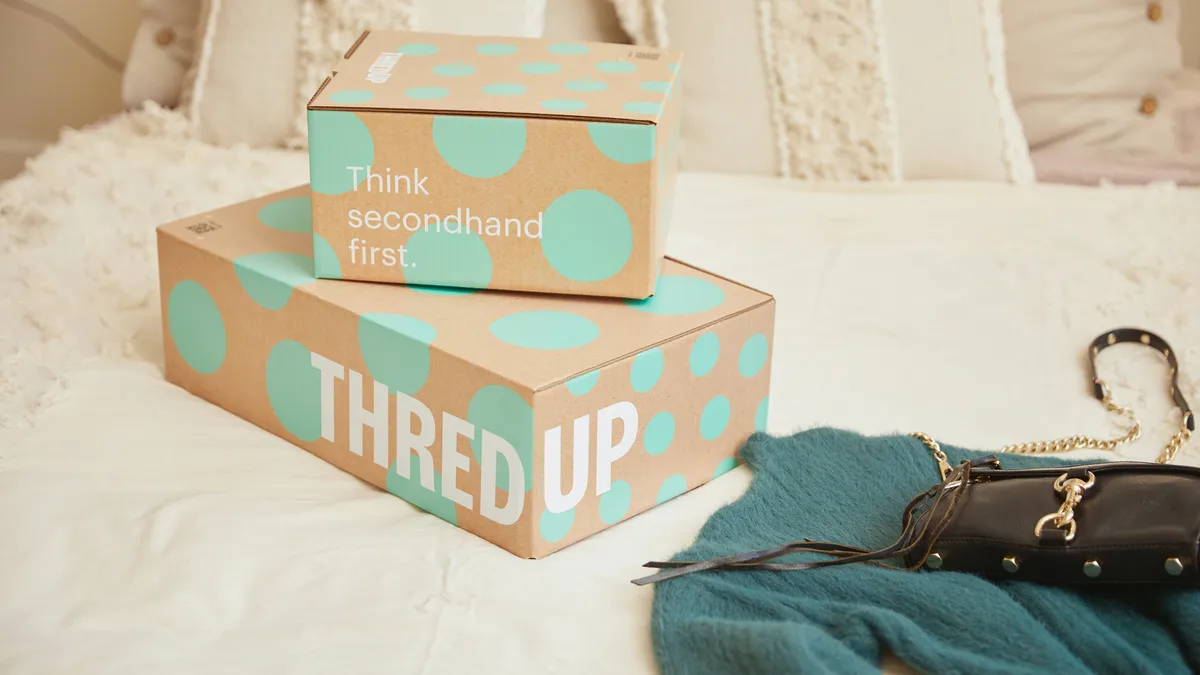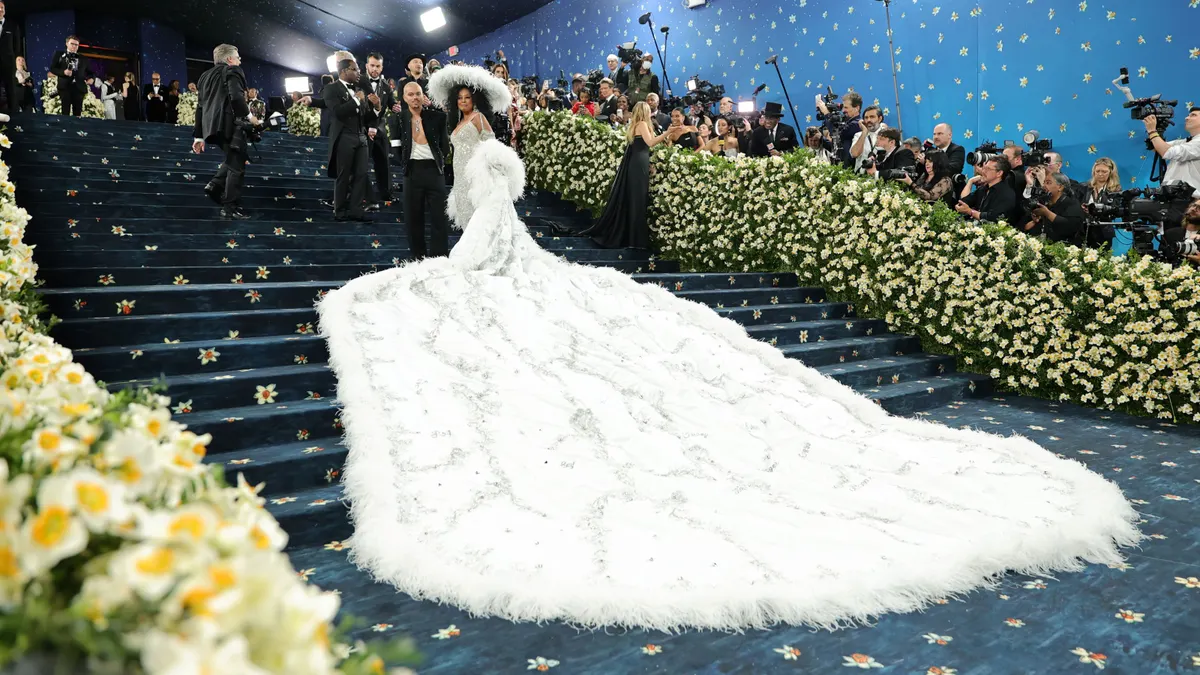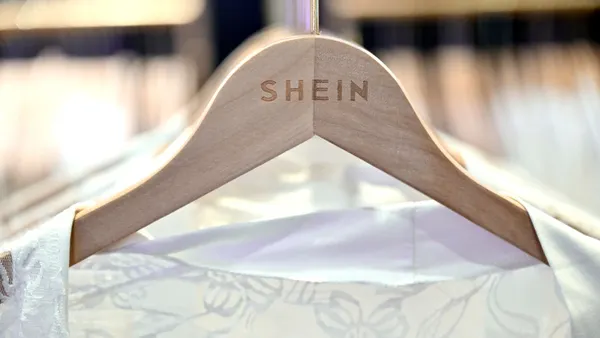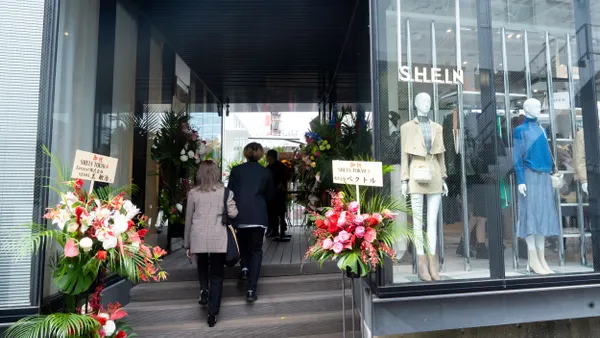Dive Brief:
- As more retailers jump on the resale trend, the worldwide market for secondhand goods is predicted to reach $350 billion by 2027, according to ThredUp’s 2023 Resale Report, which was shared with Retail Dive. In the U.S., the secondhand market is expected to reach $70 billion by 2027, per the report.
- Those estimates represent a near-doubling of both the global and U.S. markets from where they currently stand. In 2022, the global secondhand market reached $177 billion, while the U.S. used item market grew to $39 billion.
- The top five most popular brands in resale, according to ThredUp, are Torrid, Lululemon, Madewell, Zara and Free People. But Patagonia, Reformation, Urban Outfitters, Everlane and Vuori round out the top 10.
Dive Insight:
It remains to be seen how much the resale market will grow in the U.S. over time, but ThredUp’s predictions have moderated since last year. In 2022, the company predicted that the U.S. secondhand market would reach $82 billion by 2026, but the new projections indicate it won’t even reach $70 billion until 2027.
Still, ThredUp’s research offers some insight into why consumers continue to turn to resale. Per the report, three-fourths of consumers have shopped or are open to purchasing used items. Among the top three reasons for buying secondhand goods were value, quality and the wide product selection.
As resale grows, platforms like ThredUp that offer resale services to brands are also growing. ThredUp has continued to expand its roster of companies in recent years, including recent partnerships with Target, Kate Spade, J. Crew and H&M. According to its 2023 report, Madewell was the second most popular brand for resale among less expensive brands, and Kate Spade was ranked fifth among luxury resale items.
Despite resale growth projections, ThredUp in Q4 experienced a decline in users and revenue. The company in March reported a 2.14% dip in quarterly revenue, to $71.3 million, and its gross profit dropped by 7% to $45 million. The platform also said its number of active buyers declined by 2% to 1.7 million, and its order volume fell 8% to 1.5 million.











